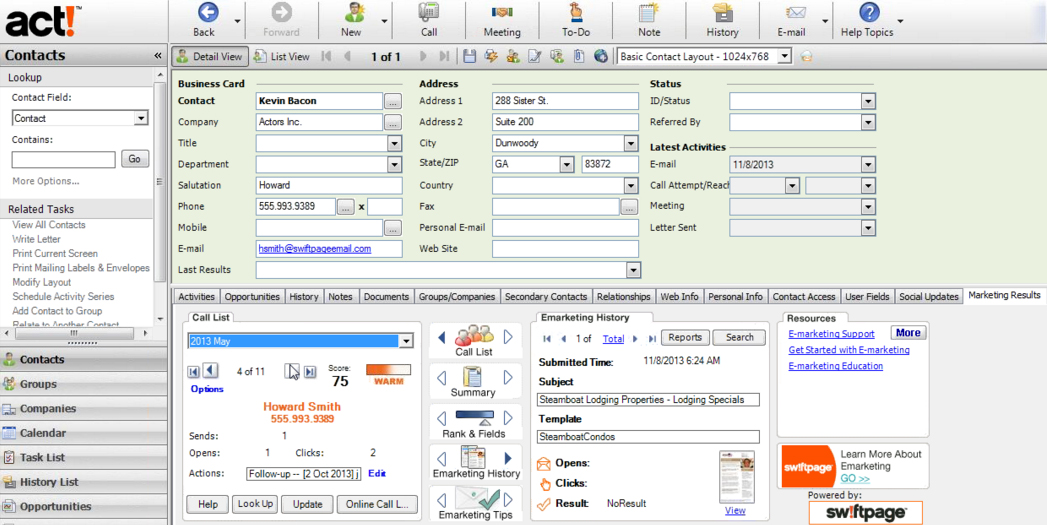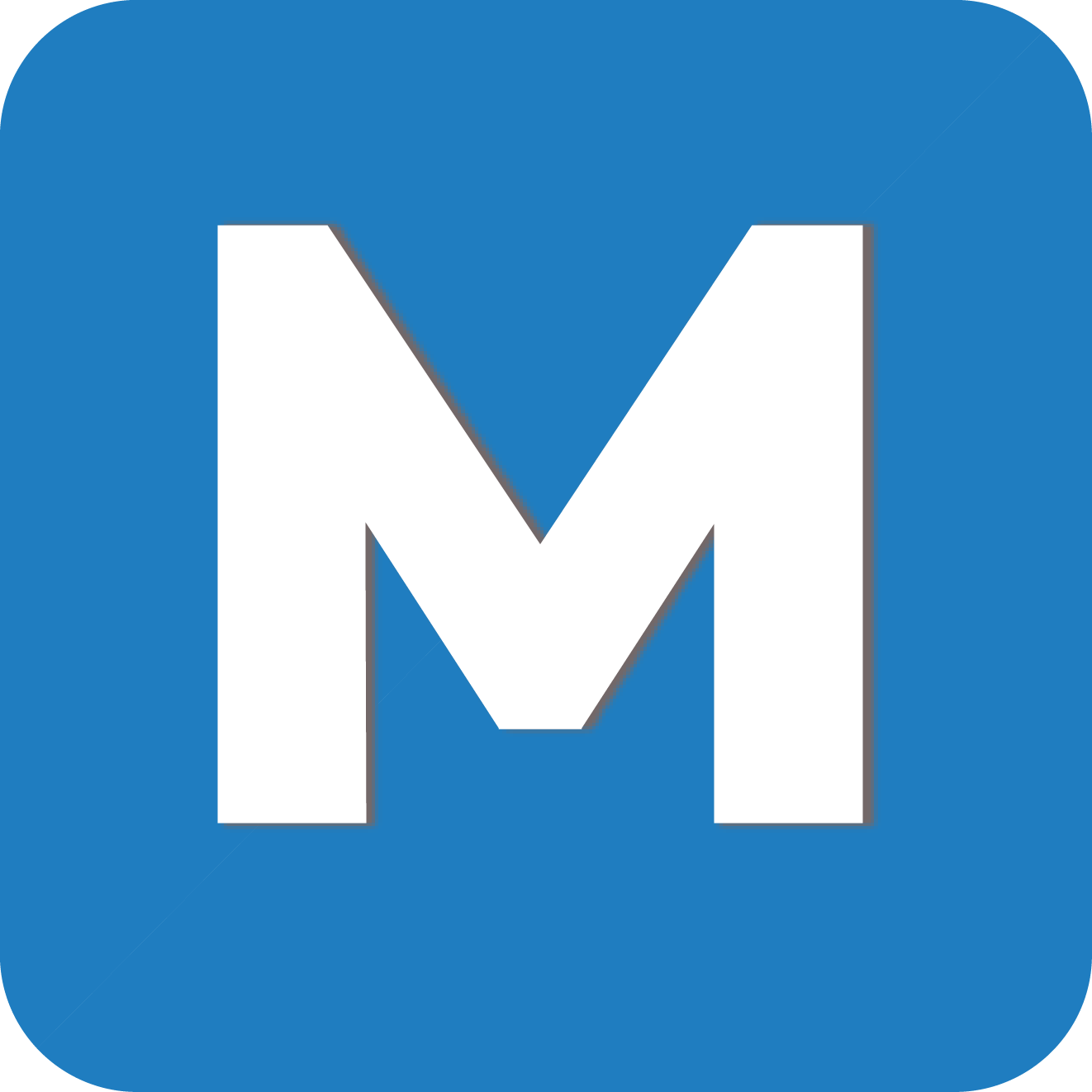

For example, recruitment software suites will often include an applicant tracking system (ATS) which means that a candidate's progress can be followed as they advance through the application process. The type of recruitment software Australian businesses typically make use of provides multiple levels of functionality. In an organisation where multiple jobs might be being recruited simultaneously, recruitment CRM systems help HR professionals keep track of all the applications to various positions while keeping senior managers updated about the cost and time involved in the recruitment processes.

Typically, software recruitment tools are used by businesses to collect applicant information to filter, grade, and match applicants' skills against job specifications.

Recruitment software is a business tool that is primarily designed to help both recruitment agencies and HR departments better manage their operations by maintaining a database of candidates as well as job information. Social media integration to help organisations further their reach and find the best candidatesĪpplication forms that can be adjusted to meet specific job descriptions and requirementsĪ candidate relationship management (CRM) system that functions as a customer relationship management systemĪnalytics that allow senior managers to keep tabs on the length of time it takes to hire employees as well as the cost-to-hire expenditure involved Smart search filters that can help recruiters focus on key skills, traits or attributes among candidates Overall, the best recruitment CRM system designs will offer numerous features that both large and small organisations can utilise, streamlining their recruitment processes and making life easier for both candidates and the businesses hiring them. Recruitment software is also a part of some workforce management software solutions, as well. HR recruitment software is related to applicant tracking software, human resource database software, and talent management software. Perhaps more importantly, however, a software-based recruitment system aggregates data about candidates from job application forms and CVs so that it becomes much easier for recruiters to compare individuals for jobs fairly, taking into account all of the strengths and weaknesses at a glance. Crucially, this will be the case whether they're sourced externally or internally. Recruitment software Australian users tend to opt for will help them to organise and contact passive candidates more easily. Users will also be able to spend less time working on repetitive tasks, such as formulating responses to job applications, because some hiring software systems allow such jobs to be automated. Equally, moving faster with recruitment processes means that greater productivity is possible. Whether this is a senior manager or a dedicated HR professional, the advantage of operating more quickly is that it means identifying and contacting the best candidates for any given opening within an organisation before a competitor does so. One of the key benefits of any up-to-date recruitment platform is that it should help to save time for the recruiter using it. In some cases, automated recruitment tools are available to help speed up recruiting times, thereby lowering costs. Many recruitment CRM systems will help to match candidates and their skills against particular job specifications. A candidate relationship management (CRM) model of software design is frequently used so that job applicants can be filtered and graded by HR teams cooperatively. Some of the core features of today's generation of recruitment solutions allow organisations to collect applicant information in a way that HR professionals can share easily. It is used by both internal human resources (HR) teams and recruitment agencies to manage their daily operations, principally by maintaining a database of applicants, employment opportunities and job specifications. Recruitment software is designed to help with staffing and headhunting processes.


 0 kommentar(er)
0 kommentar(er)
